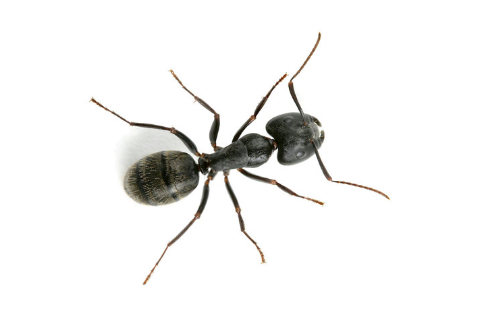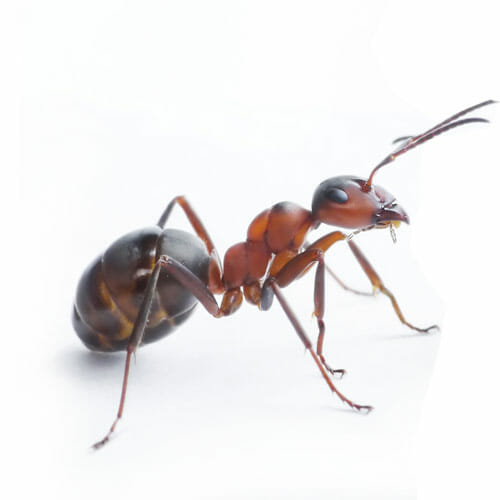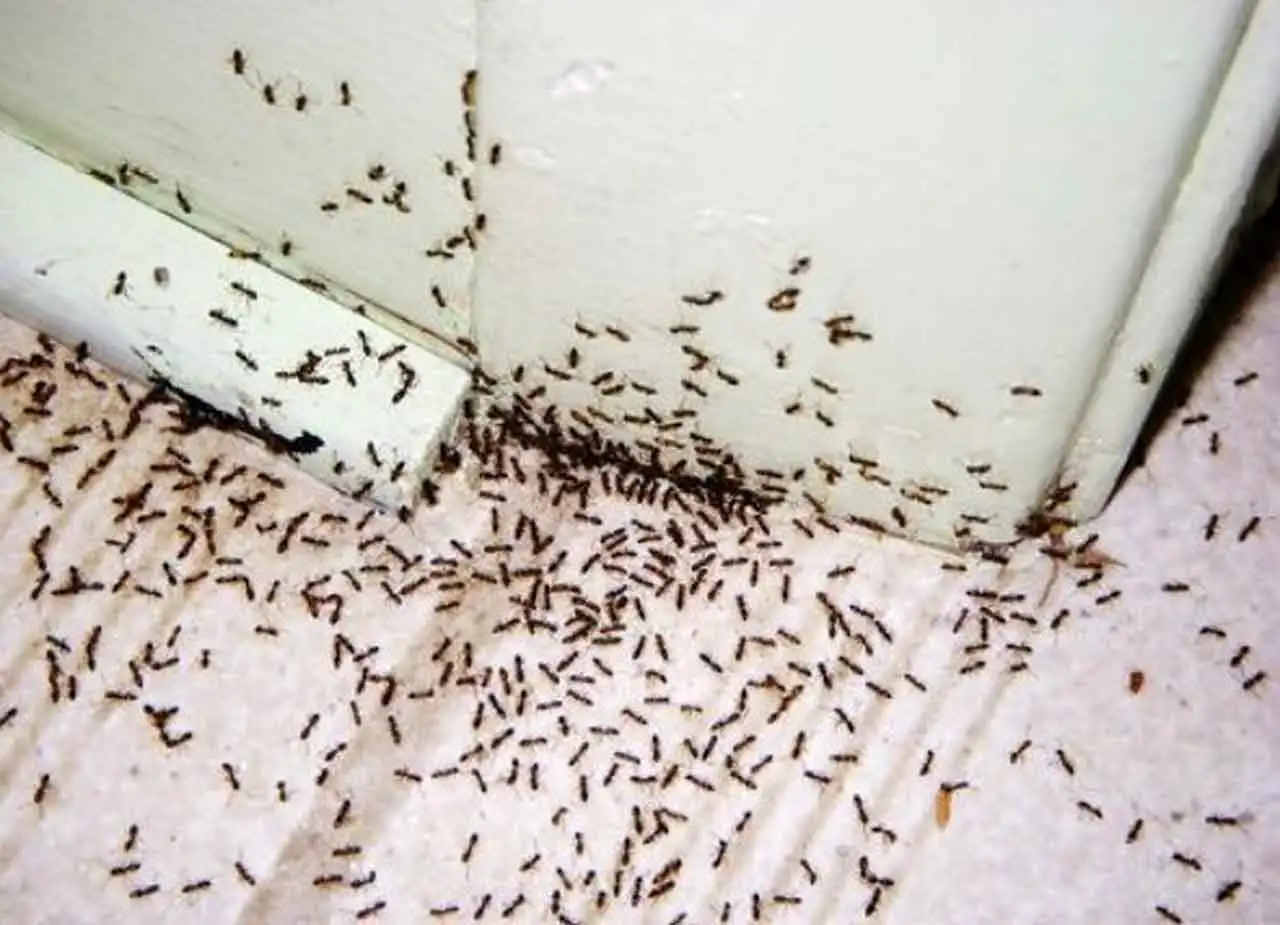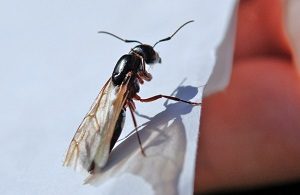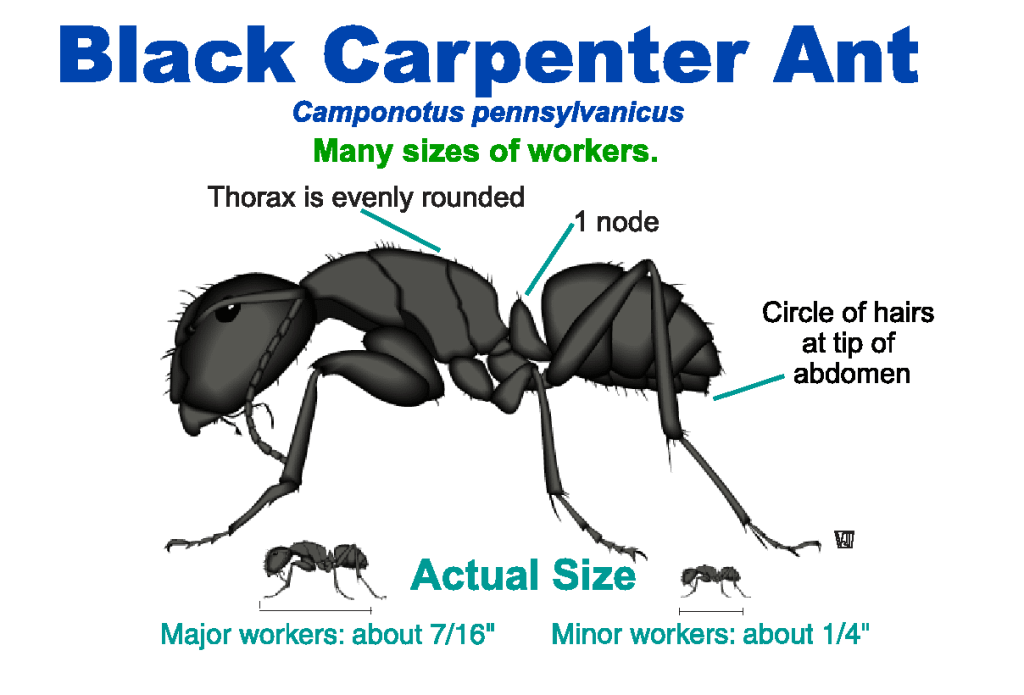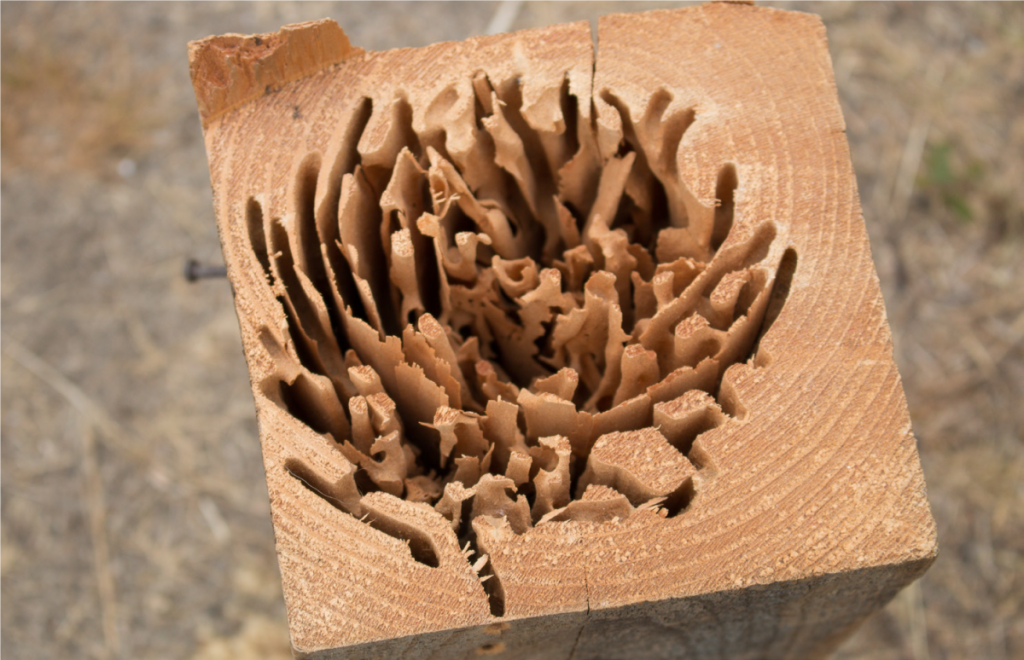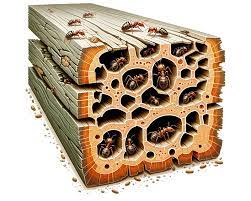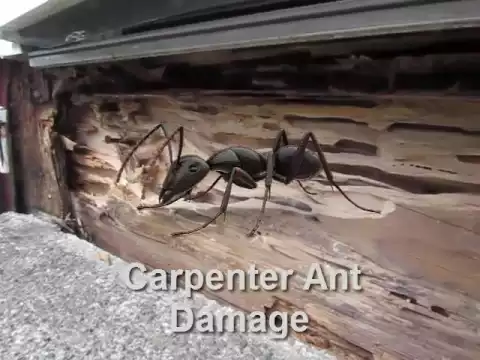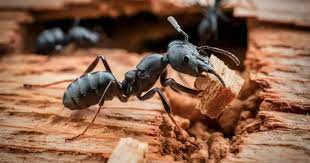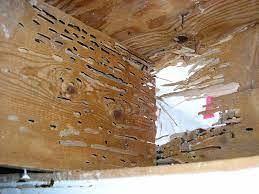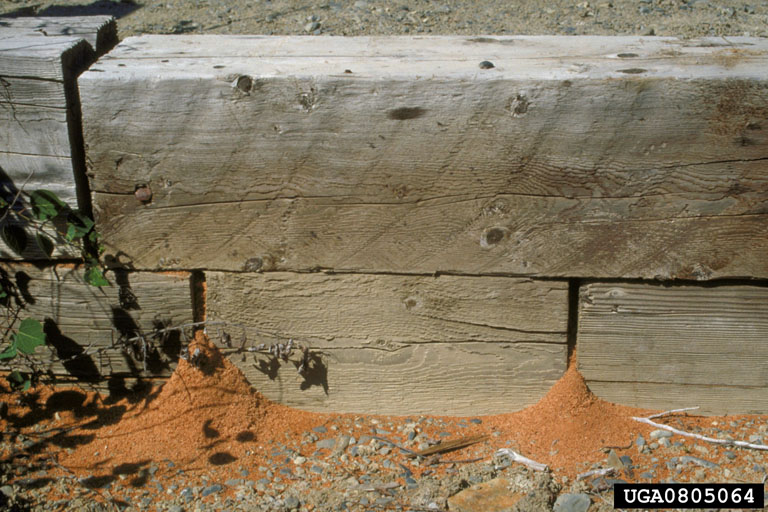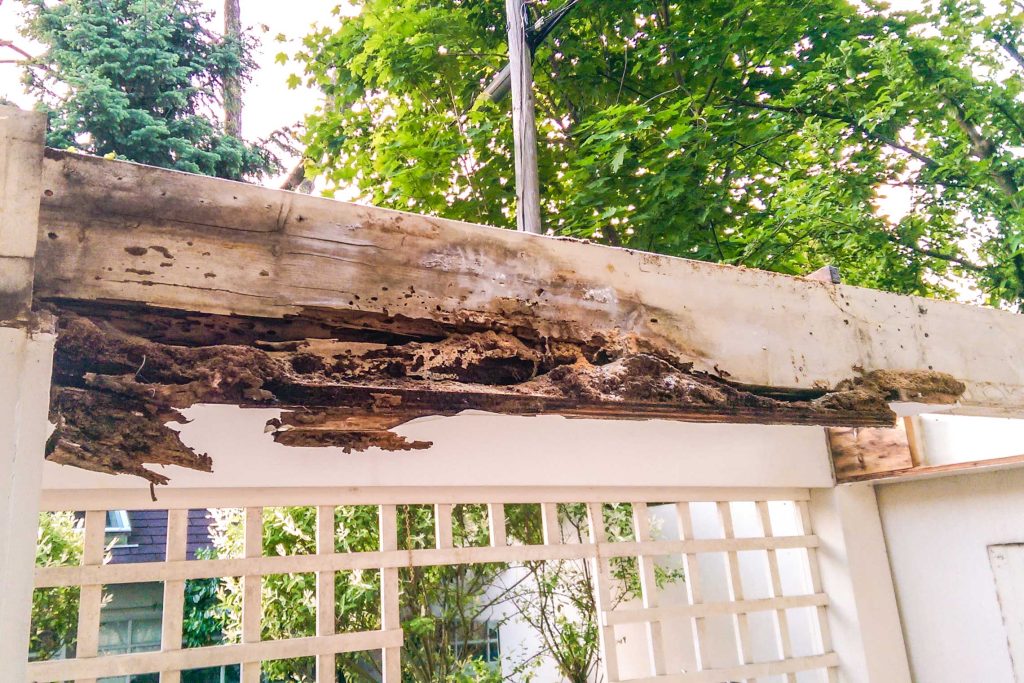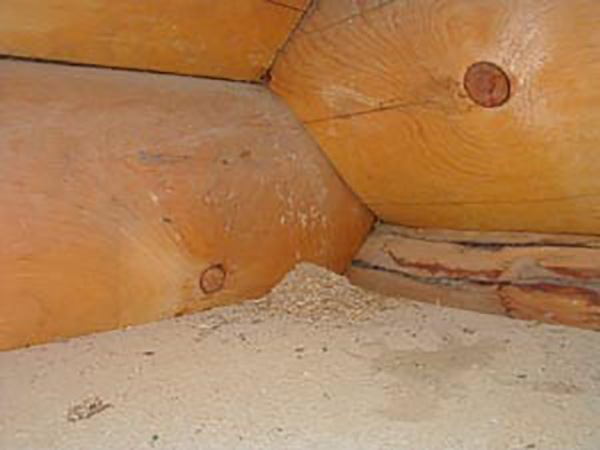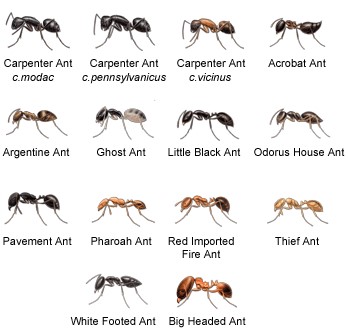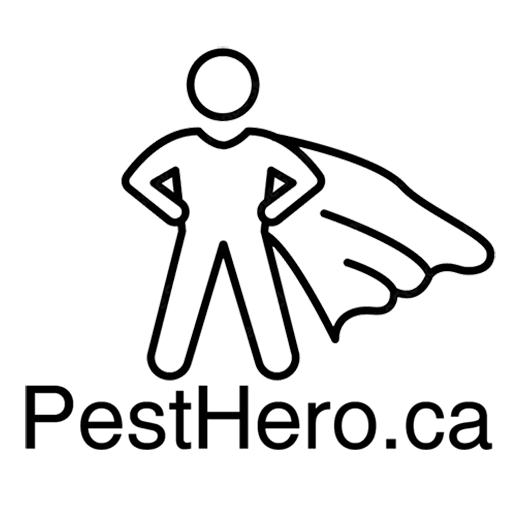ANTS
Ants in Canada: The Unwanted Houseguests
Canada is home to a variety of ant species, including the infamous black carpenter ant, pavement ant, pharaoh ant, odorous house ant, Argentine ant, and thief ant. Among these, carpenter ants are the biggest troublemakers, known for their potential to cause structural damage. Pavement ants can be a nuisance when they decide to nest indoors, while pharaoh ants love to raid your pantry, drawn to sugary and protein-rich foods. Once ants settle in, evicting them can be quite a challenge. Identifying the species is key to effective control, as each type has its own habits and preferences.
Spotting Ants
Ants are generally easy to spot thanks to their color—ranging from black and dark brown to red and tan—and size, which can vary from a tiny 1.5 mm to a hefty 13 mm. Their bodies are divided into three parts: head, thorax, and abdomen, with legs that help them scurry around. While most ants lack wings, reproductive swarmer’s do have them for mating flights.
Ant Habitats and Diets
Ants thrive in colonies that can number in the hundreds of thousands. They typically build nests in soil or tunnel into wood, like carpenter ants. A colony consists of a queen, drones, and workers, with the queen laying eggs and the workers foraging for food. Ants are attracted to just about any food left out, especially sugary treats, meats, and greasy leftovers.
The Lifecycle of Ants
Ants begin as tiny, oval eggs laid by the queen. After hatching, they become larvae, which are fed by adult ants. These larvae eventually pupate and transform into adult ants—either new queens, female workers, or male drones. While workers live up to three years, queens can reign for decades, continuously laying eggs to keep the colony thriving.
Do Ants Bite?
Most Canadian ants won’t bite unless provoked, but some species, like the black carpenter ant, can deliver a painful bite. Others, such as the European Fire ant, can sting, injecting formic acid that causes a burning sensation.
The Ant Problem
Ants can be more than just a nuisance; they can contaminate food and spread diseases, especially in sensitive environments like hospitals. They can also damage your home by chewing through wood and insulation. If you see winged ants indoors, it’s a sign of a nearby colony.
Why Are Ants Invading My Home?
With over 100 species of ants in Canada, it’s no wonder they often invade homes. They’re drawn in by food and can enter through tiny cracks and gaps in your walls or foundation. Once they find a food source, they leave a pheromone trail for others to follow, leading to a full-blown invasion.
Prevention Tips
To keep ants at bay, maintain a clean home: store food in sealed containers, promptly clean up spills, and regularly sweep floors. Seal any cracks and gaps in your home’s structure to block their entry.
Should You Be Concerned?
Absolutely! Ants can contaminate food and cause structural damage. Some species can even inflict painful stings. If you notice an ant invasion, don’t wait—contact a professional pest control service to tackle the problem before it spirals out of control.
Don’t let ants take over your home! Contact us today for expert pest control solutions tailored to your needs.
